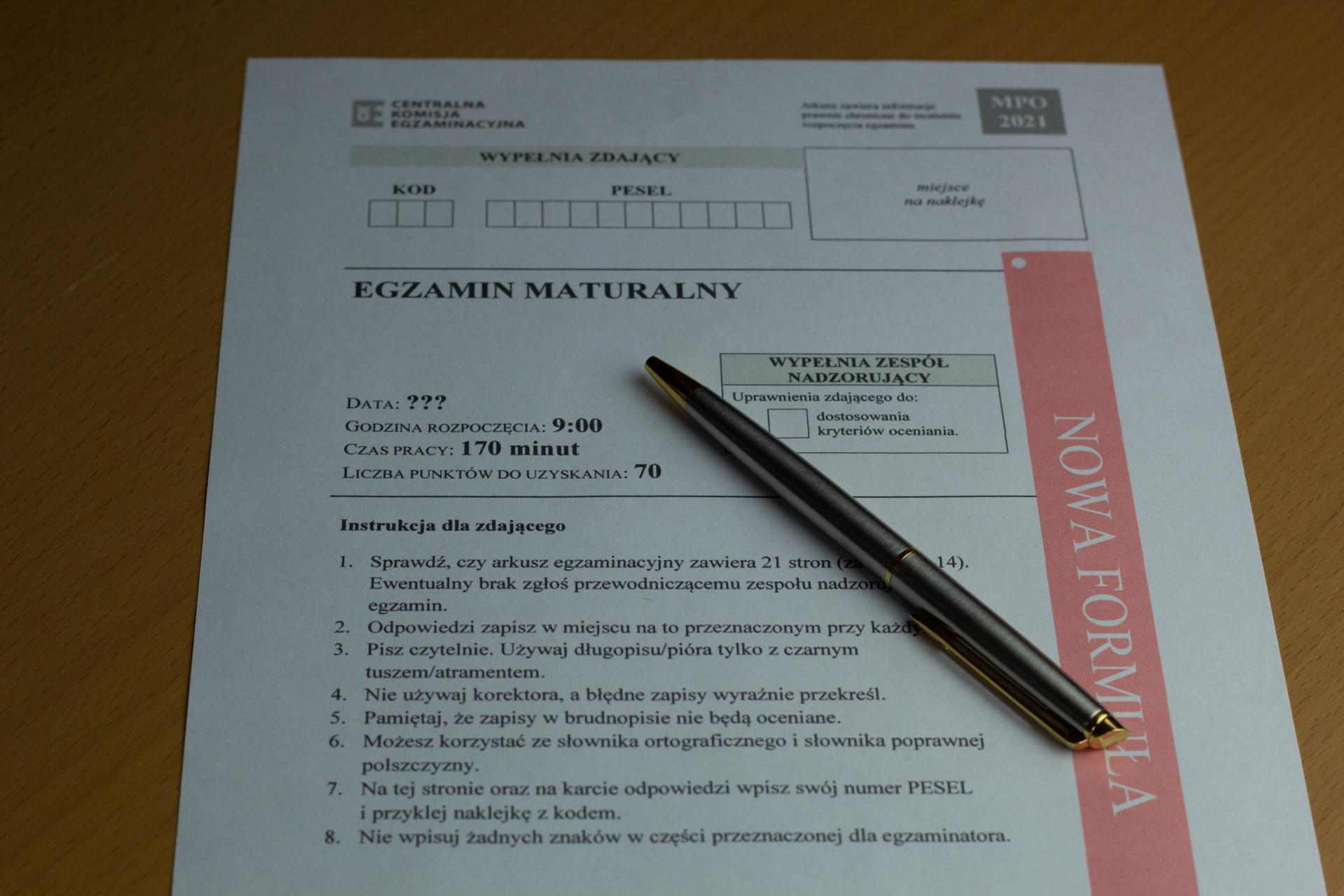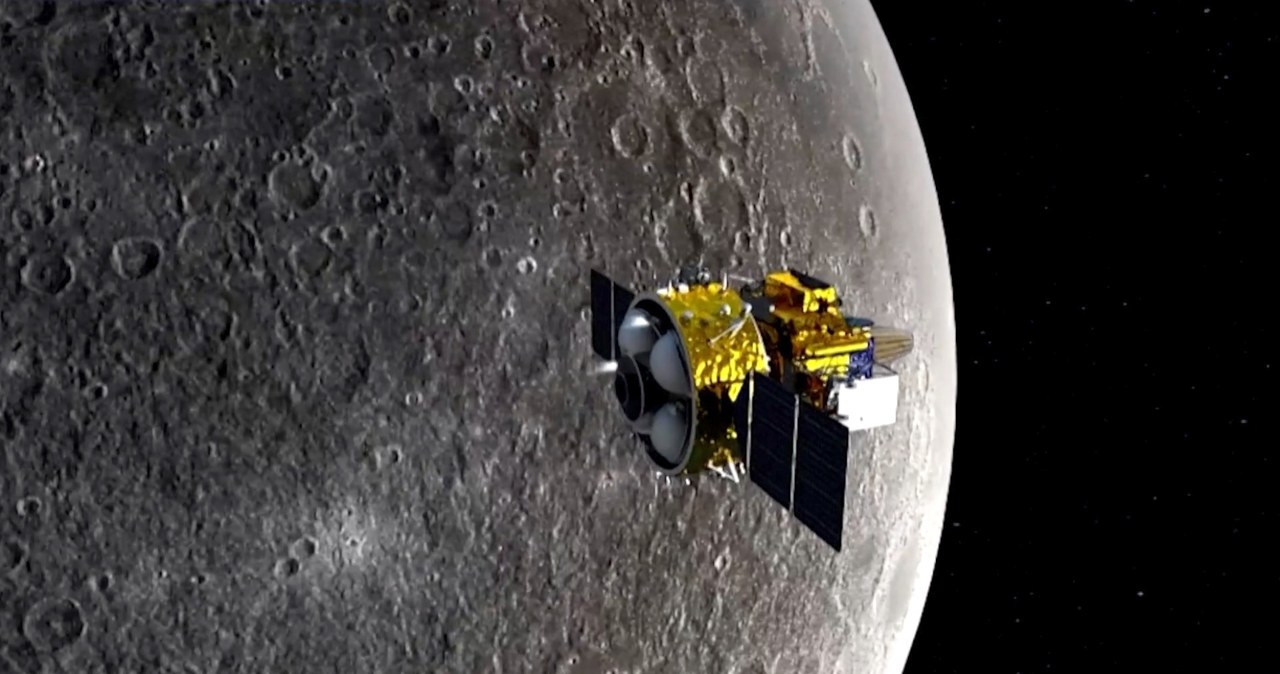Activity on the Sun's surface changes constantly over an eleven-year cycle. At maximum activity, the Sun's surface is virtually covered with sunspots, and the number of surface flares and accompanying coronal mass ejections is greatly increased compared to what is observed near activity minimum. Just a few years ago, scientists assumed that the next maximum activity would fall in mid-2025, and that it would be a relatively moderate maximum with relatively little activity. These expectations have changed dramatically over the past few months. To begin with, solar activity has increased significantly, and scientists suspect that the maximum came earlier and began in the beginning of 2024, exactly when Comet 12P/Pons-Brooks is scheduled to pass close to the Sun.
The comet itself has been attracting the attention of astronomers and night sky enthusiasts for months. Its core with a diameter of approximately 17 kilometers makes itself felt every now and then in subsequent volcanic eruptions. In each such eruption, huge amounts of gas and dust are released into space, causing a temporary increase in the comet's brightness resulting from a significant inflation of the so-called coma, that is, the cloud of particles surrounding the comet's nucleus. Last year, one of these explosions produced distinctive “horns” that gave the comet a sinister appearance for a time.
Read also: “Devil’s Comet” has finally become visible with the naked eye under very dark skies. Where are you looking for it?
The comet itself returns to the Sun's vicinity once every 71 years, and spends most of its orbit in distant regions of the solar system. On April 21, comet 12P/Pons-Brooks passed through the perihelion of its orbit around the Sun.
However, before this happened, on April 12, the comet had to face unexpected difficulties. It was hit by a powerful cloud of plasma ejected from the Sun's surface as part of a coronal mass ejection. Such an event could have no effect on the comet. As it turns out, a cloud of material from the Sun briefly separated the dusty tail trailing behind the comet.
Read also: A giant comet heading towards Earth. What happened there?
It so happened that the STEREO-A probe, which normally monitors the Sun, spotted the comet as it passed through the perihelion. Thanks to this, it was possible to record the moment when the tail separated from the comet. The recording shows the comet passing in front of Jupiter, hundreds of millions of kilometers away, and then being struck by a cloud of material, removing its dusty tail.
However, astronomers reported that the dust tail grew back very quickly and the comet was steadily heading towards perihelion. Now the comet is moving away from the Sun every day and will return to perihelion only in 2095.

Echo Richards embodies a personality that is a delightful contradiction: a humble musicaholic who never brags about her expansive knowledge of both classic and contemporary tunes. Infuriatingly modest, one would never know from a mere conversation how deeply entrenched she is in the world of music. This passion seamlessly translates into her problem-solving skills, with Echo often drawing inspiration from melodies and rhythms. A voracious reader, she dives deep into literature, using stories to influence her own hardcore writing. Her spirited advocacy for alcohol isn’t about mere indulgence, but about celebrating life’s poignant moments.








